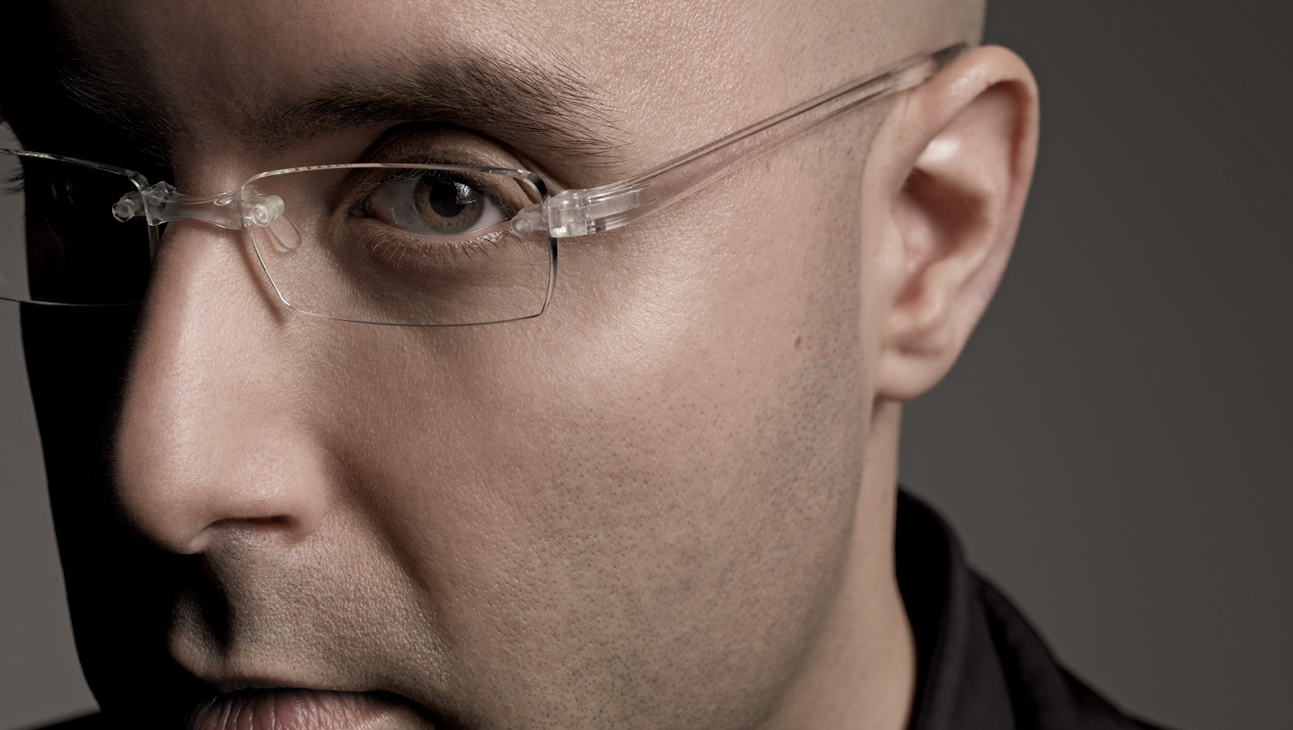“When did you hit your goal?” In Las Vegas for a conference last week, I heard that question more times than I could count. They were talking about their NikeFuel goals, of course. It seems like people everywhere have traded in their Livestrong yellow wristbands for Nike’s latest innovation, the Nike+ FuelBand. Much has already been written about the technology and gamification of an active lifestyle that Nike delivers with this hybrid of a watch, accelerometer, online social network, and digital physical activity drill sergeant. What I find even more fascinating is how there, on your wrist, each and every waking (and sleeping) moment lives the Nike brand. It becomes even more a part of you then when you slip on your swoosh-emblazoned sneakers for your daily jog. The brand is permanently there, jolting you into action, applauding your accomplishments — and branding you.
When you study the art of branding, any good book on the subject will — at some point early on — turn to the etymology of the word “branding” in terms of marketing and communications. Inevitably, there is some quaint reference to cows being branded with a hot iron stick as an identifier. Because branding is all about leaving a mark (emotional, physical, you name it). An impression. A feeling. A sentiment. We live in a day and age when people not only tattoo their bodies with brands (everything from corporate logos like Harley Davidson and Budweiser to Apple and the rock band KISS), but have what Kevin Roberts (CEO Worldwide of the advertising agency, Saatchi & Saatchi) dubbed a “Lovemark” (a brand that delivers, “loyalty beyond reason”). If you have ever waited in line for an Apple product, you know what this means.
The next generation of connected appliances are bringing this sort of branding connection into more and more places. While Samsung was busy debuting their T9000 refrigerator at CES that features an-iPad like, connected screen built in to the fridge that can serve up recipes based on what’s inside or allow you to use Evernote to create a communal shopping list with the family (lest we forget the Unilever tie-in for coupons!), the true evolution of the connected appliance could well be something we wear (along with those things that make our toast and clean our dishes). Just last week, The New York Times gave readers a first glance at Disney’s pending vacation management system, MyMagic+. Guests at Disney’s theme parks will wear their MyMagic+ bracelet which will bundle everything from their credit card information to their hotel room key to alerts for when it’s their turn for a popular ride to being able to pre-select from the Web certain VIP experiences. All the while, Disney gets to track your every move: “MagicBands can also be encoded with all sorts of personal details, allowing for more personalized interaction with Disney employees. Before, the employee playing Cinderella could say hello only in a general way. Now — if parents opt in — hidden sensors will read MagicBand data, providing information needed for a personalized greeting: ‘Hi, Angie,’ the character might say without prompting. ‘I understand it’s your birthday.'”
Regular advertising is starting to feel slightly stale, isn’t it? And yet there is no doubt that great advertising can inspire us to do more. To be more. There are only a handful of brands that have truly transcended traditional advertising to become iconic embodiments of our zeitgeist, whether it was Nike’s simple sentiment of, “just do it” exhorting us to get up off of the couch, put the Doritos down, and take on some form of daily exercise, or Apple encouraging us to “think different” by using technology to help us create and connect. When those ads hit the airwaves, it wasn’t just about selling sneakers or computers, it was about becoming something.
So what happens when brands can create something more than an advertisement to sell, engage and connect with consumers in a much deeper and more profound way? We are finding out. While the lines may not be lengthening at the tattoo parlor, it’s clear that consumers are lining up to get more personal, connected and have a moment-by-moment connection to a brand. Something more permanent. It’s something that few brands could have done without a multi-million dollar advertising campaign, but now it’s coming down to technology, social media, big data and utilitarian marketing.
From branded apps on smartphones to connected appliances, we’re now starting to see brands creep on to our bodies with robust and personalized technology that people not only don’t seem to mind, but that they are generally enthused about. Consumers love having their AmazonPrice Check app at the ready to ensure that they’re getting the best price possible while at the store level and, in doing so, seem to have little issue with Amazon capturing all of this highly personal and usable data about retail, pricing and how we flow through a store for them to capitalize on. Privacy and hacking concerns notwithstanding, brands that have emotional connections with consumers will be doing everything they can (and more) to further deepen this direct relationship as technology, data and our inherent desire to be connected continues to blossom.
By Mitch Joel/January 16, 2013
Harvard Business Review/HBR Blog Network

